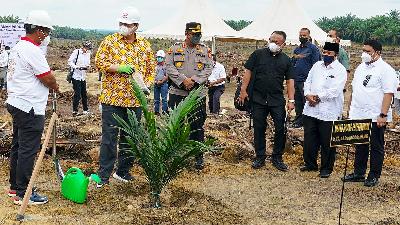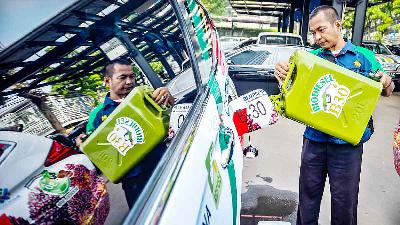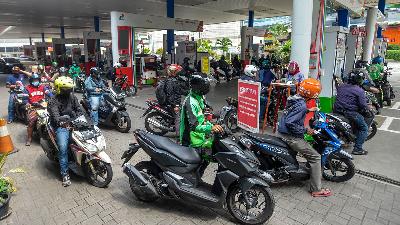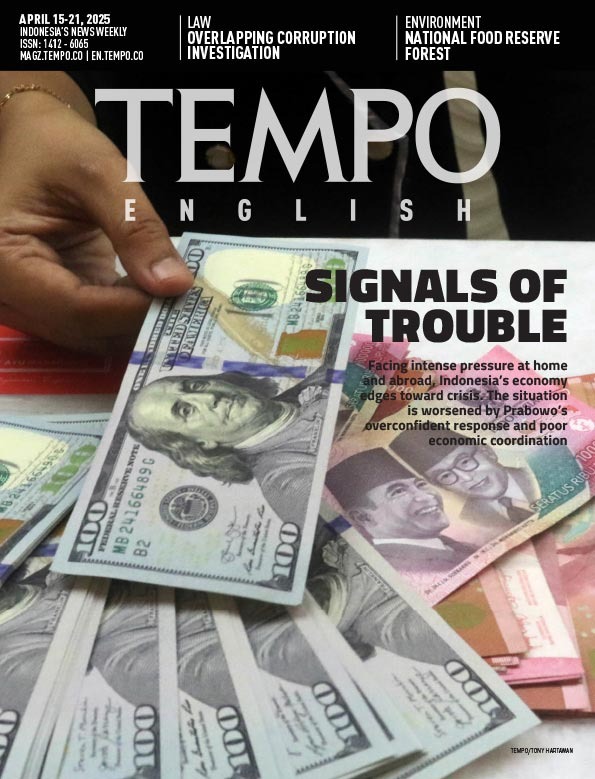Do Not Say We Are Pro-Biodiesel
Monday, April 11, 2022
The CPO absorption rate for the mandatory biodiesel program increases every year. The BPDPKS earmarks tens of trillion of rupiah for B30 subsidies.
arsip tempo : 174479721115.
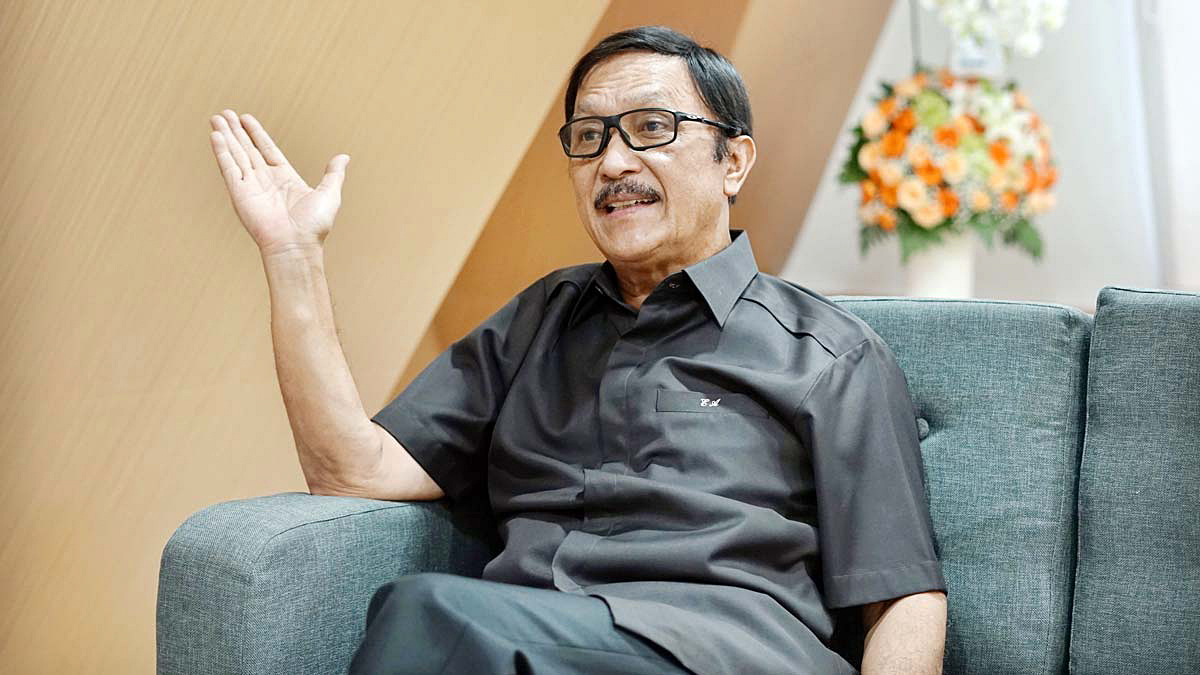
THE biodiesel production in Indonesia has been on an upward trend since 2015. At the same time, subsidies disbursed by the Oil Palm Plantation Fund Management Agency (BPDPKS) to producers also increase. In 2021, the BPDPKS channeled Rp51.95 trillion to 22 biodiesel companies, more than 54 percent increase from the previous year.
BPDPKS Chief Executive Officer (CEO) Eddy Abdurrachman said that the biodiesel program throughout the year 2021 absorbed 9.2 million kiloliter crude palm oil (CPO). He said the agency had projected 10.15 million kiloliters for this year. “Imagine, without the program, eight million tons will not be absorbed. And the price will plummet,” Eddy said last Tuesday, April 5.
The problem is that the proportion of the biodiesel subsidies consistently exceeds other programs’ although the BPDPKS must also fund rejuvenation of small-scale oil palm plantations, farmers training, facilities and infrastructure constructions, promotions, as well as food need realizations. Last year, for instance, the BPDPKS only disbursed Rp1.26 trillion for rejuvenation of 422,000-hectare oil palm plantations.
What is the BPDPKS for?
The BPDPKS was set up when the CPO price hit rock bottom due to overflowing production. The government created a domestic market to absorb the oversupply. The BPDPKS funded the supply and use of biodiesel to absorb oil palm production. But because the oil palm price was higher than the diesel fuel price, the BPDPKS shoulder the price difference so that biodiesel could be sold to the public at the price of the diesel.
How is the biodiesel market?
The absorption is good. In 2021, more or less 9.2 million kiloliter or eight million tons, which helped stabilized the price. Now, the palm oil price has gone up. So has the CPO price. CPO comes from fresh fruit branches, 42 percent of which is grown by farmers. So, biodiesel is also for the farmers’ interest.
But the subsidies for farmers in the People’s Palm Rejuvenation (PSR) program is far smaller than the biodiesel subsidies enjoyed by big companies...
It’s not really small. If farmers really want to participate, we will give them. The problem is it is targeted. The President has set the annual PSR target at 180,000 hectares. That is no easy feat. Now farmers receive Rp30 million per hectare to fund PSR activities up until planting.
What about the biodiesel?
The target is 30 percent from the diesel fuel distribution target. For this year, it’s about 10.15 million kiloliters.
How much export levies are targeted for this year?
We projected Rp57 trillion. The multiplier factor is very high. It is the difference between the biodiesel HIP (market index price) and the diesel fuel HIP, plus transport costs and value added tax.
This formula will always give larger biodiesel subsidies...
Not always. They were low in 2019 because the biodiesel HIP was low whereas the diesel fuel HIP increased. So, don’t say we are pro-biodiesel because subsidy calculations fluctuate.
The biodiesel HIP was discussed among the steering committee which consists of businesspeople...
That is the energy and mineral resources ministry’s authority. HIP calculations are governed in the Presidential Regulation No. 66/2018. The formula is to add the conversion cost of US$85 to an average domestic CPO price and multiplied by 0.870 to convert it from kilogram to liter.
Why the US$85 conversion factor?
The conversion factor is the production cost to convert CPO to FAME (fatty acid methyl ester) or biodiesel. Usually it is set based on studies. Now we have 22 biodiesel companies with different characteristics using machines made in China, Germany or Italy with different levels of efficiency. Hence, the average HIP. If they are more efficient, it could be below US$85.




